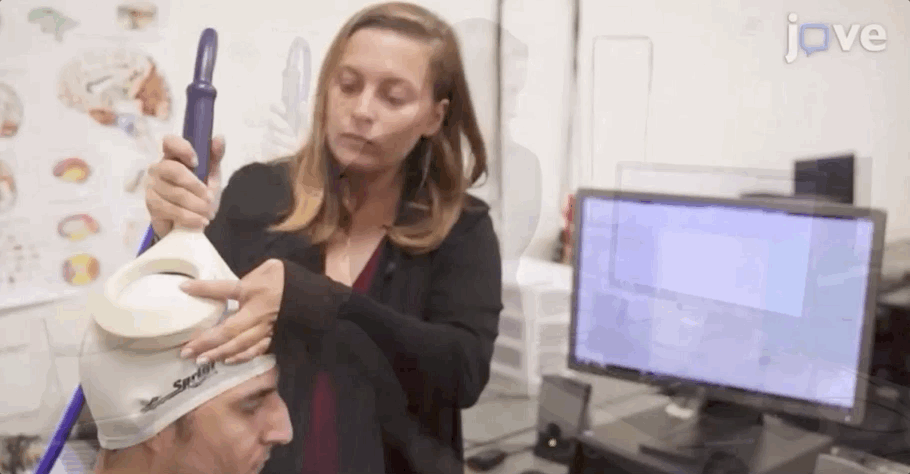
About Me
I am a Learning and Data Scientist, analyzing complex data and helping create personalized and engaging learning
experiences for kids and find ways
to share information about kids' learning abilities and performance with their educators and families. I
do this by executing computational simulations of learner behavior, applying latent trait estimation
algorithms, and working cross-functionally with clients, engineers, and our product group in order to ensure
that partner company products meet expectations.
I have a strong background in Cognitive Science, Neuroscience and Linguistics, and extensive experience with
experimental research methods, advanced statistical modeling (mixed models, latent trait models, nonlinear data
analysis), and programming in R and Python.
I completed my PhD studying how the motor system of the brain and our bodies contribute to perception, cognition, and empathy.
Industry Projects
Early Education Cognitive Digital Assessment Design
Current cognitive assessments for young children are labor-intensive on the part of educators and prone to subjective biases, limiting the utility of the
data these assessments could generate.
As a learning scientist, I designed gamified cognitive tasks to measure student learning enabling our client to release a digital
assessment platform for early education language skills. This platform empowers educators to assess young children more quickly and accurately, while
improving the overall engagement with learning by including fun stories and immersive environments.
My primary role on this project was to identify and translate current assessment paradigms into accessible digital designs and engage with a crossfunctional
team of engineers, product designers, and client executives to implement the platform.
Optimizing Engagement and Calibrating Precision of Adaptive Digital Assessments
Gamified testing tools need to be calibrated for precision, but for adaptive tools, collecting the data to calibrate is
a time-consuming and expensive process. While calibration is essential, the overall flow and engagement of the experience
must also be maintained.
To address these challenges, I developed a computational framework for simulation of learner behavior using R. The framework
enables us to measure the performance of content recommendation algorithms, which can reduce the number of questions needed for
assessments and improve the overall accuracy. In addition, we can apply constraints to external parameters to improve the continuity
and engagement of the experience.
Academic Projects
Mental simulation is ubiquitous, yet definitions of what simulation means
vary from researcher to researcher and even more so from research domain to research domain. Furthermore, a consensus on the underlying
mechanisms of mental simulation still evade us. I am interested in understanding what simulation as a process shares across domains such
as music listening, language processing, action observation, and sensorimotor prediction.
Building VR Games to Study Immersive Language Learning
Language is highly embodied and situated in the environments in which it is used. Researchers have shown that neural regions corresponding to
actual perception/motor acts are also active while processing language about these perceptions and motor acts. Yet we have few experimental
methods that can actually demonstrate the process by which concepts become embodied during learning.
I designed and executed a series of experiments investigating how the affordances available while learning new words influence how those
words are grounded in our bodies and in corresponding neural areas responsible for actions. Using mixed-effects models to account for
nested variation within and between subjects, I demonstrated that participants rapidly acquire new embodied word associations in an
immersive virtual reality environment.
Gordon, C. L., Shea, T. M., Noelle, D. C., & Balasubramaniam, R. (2019). Affordance Compatibility Effect for Word Learning in Virtual Reality. Cognitive science, 43(6), e12742.
Stimulating the Brain to Study Learning and Sensorimotor Prediction

Many experiments have shown that motor regions of the brain are active during perception of others' actions, as well as sensory prediction of
spatiotemporal information like rising and falling pitch. I designed and conducted experiments using Transcranial Magnetic Stimulation (TMS) to
study how motor areas of the brain learn to predict during these sensorimotor tasks. TMS is a tool for studying the brain that allows researchers
to probe the neural activity in the cortical motor network, which measures the strength of sensorimotor associations and can act as a rough measure
of current "readiness-to-act". I collected multimodal demographic, behavioral, and neural data, developed filtering and preprocessing analytic
processes, and applied statistical models including mixed-effects, repeated-measures ANOVA, and power analyses.
Gordon, C. L., Iacoboni, M., Balasubramaniam, R. (2018). Multimodal music perception engages
motor prediction: a TMS study. Frontiers in Neuroscience, 12, 736.
Gordon, C.L., Spivey, M.J., Balasubramaniam, R. (2017). Corticospinal
excitability during the processing of handwritten and typed words. Neuroscience
Letters, 651, 232-236
Gordon, C.L., Balasubramaniam, R. (2017). Recruitment of the motor system in the perception of handwritten and
typed characters. Proceedings of the 42th Annual Conference of the Cognitive Science Society. London, U.K.
Interactions Between Motor Learning and Language Learning
While a lot of work in the linguistic domain looks at embodied language, most theories of motor control don’t account for effects of language on motor
tasks. Another VR task developed by myself and a few collaborators looks at motor learning in a 3-dimensional virtual world and examines the effect
that linguistic labels has on motor learning.
Other work I’ve been involved in has shown particularly interesting relationships between motor
learning improvement and improvement in learning a linguistic label.
Feel free to ask me about a variety of other projects I've done that haven't been detailed above, including:
Using NLP to classify and predict product ratings using app store reviews, and to predict assessment item parameters using question data
Predicting placement satisfaction for PhD Philosophy graduates using clustering methods as well as multilevel modeling
Using mouse-tracking methodology to capture online uncertainy in a word learning paradigm
Combining neuroimaging findings using meta-analysis to better understand the relationship between music and the neural motor network
Using TMS to down-regulate activation in targeted cortical regions to determine functional contributions of that region to
behavior

